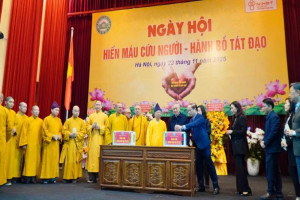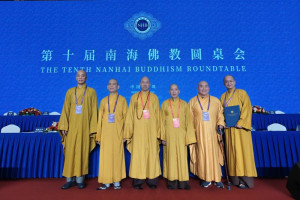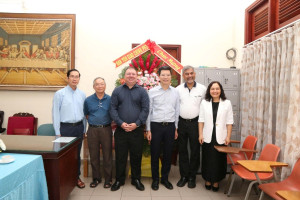
More than 100 Vietnamese and Japanese scientists, experts and managers gathered in Hoi An city of central Quang Nam province on August 16 to discuss the restoration of Chua Cau (Pagoda Bridge) – a tourist attraction in the locality.
Participants at the workshop focused on assessing the historical and cultural values of the bridge and its condition, while proposing measures to restore and preserve it in order to sustainably promote its historical, cultural and architectural values and boost Hoi An city’s socio-economic and tourism development.
Chua Cau, also known as the Japanese Bridge or Lai Vien Kieu, is a complex consisting of a bridge over a small canal and a pagoda on one end. It was said to be built in the early 17th century by Japanese businessmen.
The bridge, recognised as a national cultural and historical relic site in 1990, is a symbol of Hoi An ancient town – a UNESCO-recognised World Cultural Heritage Site, as well as a symbol for the traditional cultural exchange between Vietnam and Japan.
Although it has been restored many times, the bridge still faces a risk from natural wear and tear./.
Source: vietnamplus.vn




